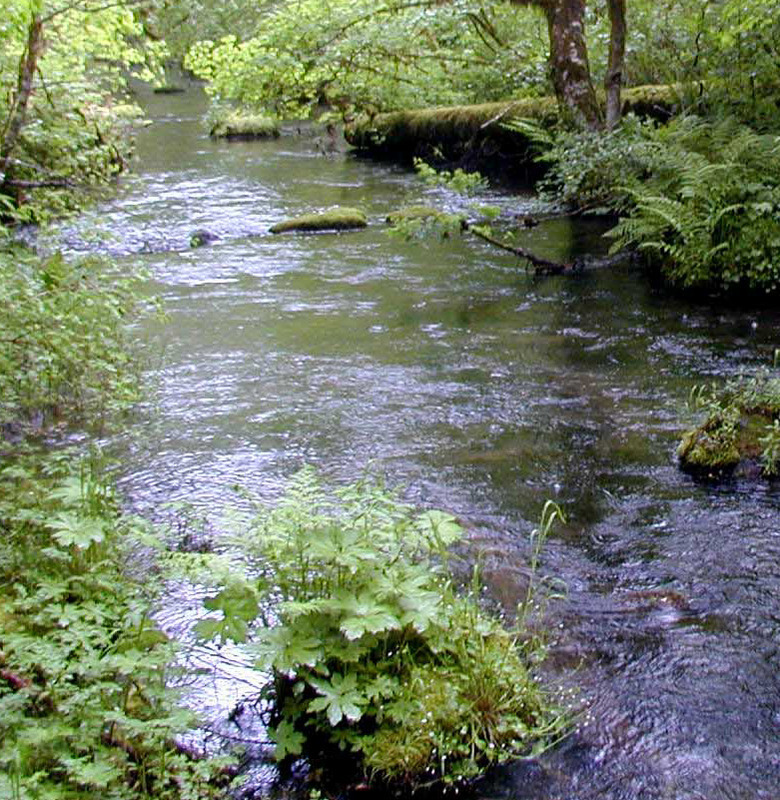Middle White River Management Plan
A Watershed Management Plan is an important tool for any group looking to improve their local lake, river, or stream.
Put simply, a Watershed Management Plan (WMP) identifies water quality problems in your watershed, proposes solutions, and creates a strategy for putting those solutions in action. Watershed Management Plans take a long-term, comprehensive approach, which has proven to be successful in a number of watersheds.
Like a road map directing you from start to finish of your effort, it helps you create a strategic, targeted plan for making changes in your watershed.
Wikipedia states:
Watershed management is the study of the relevant characteristics of a watershed aimed at the sustainable distribution of its resources and the process of creating and implementing plans, programs, and projects to sustain and enhance watershed functions that affect the plant, animal, and human communities within a watershed boundary. Features of a watershed that agencies seek to manage include water supply, water quality, drainage, stormwater runoff, water rights, and the overall planning and utilization of watersheds. Landowners, land use agencies, stormwater management experts, environmental specialists, water use surveyors, and communities all play an integral part in watershed management.
A watershed management plan should include an overview of the current conditions of the watershed, including physical, chemical, and biological characteristics of the stream network, as well as current land use and potential sources of impairment. The plan will outline the goals of the management plan; for example, a management plan may want to reduce specific stream temperatures in trout streams over the next 5 years. These goals will quantify the level of impairment. Next, a plan will provide management strategies through which the impairments will be addressed. Finally, it will include a timeline for completing watershed management implementation to take place and an estimate of how much the plan will cost to implement.
Friends of the North Fork and White Rivers has on file with EPA a Watershed Restoration Action Plan since 2005. Currently, EPA emphasizes what is called a 9 Element Plan.
A simple explanation of Non-Point Source Pollution can be seen here http://friendsoftherivers.org/education/view/37.
EPA's section 319 Nonpoint Source Clean Water Act grant guidelines refer to “9 minimum elements” of successful watershed projects that are required for watershed-based plans that are developed and implemented with Section 319 funds.
A well-written Watershed Management Plan will address the 9 elements presented in the Clean Water Act section 319 grant guidelines. The nine elements are the components of the watershed planning process that EPA feels are critical to preparing effective watershed plans to address nonpoint source pollution.
https://cfpub.epa.gov/watertrain/moduleFrame.cfm?parent_object_id=2878
You can learn more about Watershed Management Plans http://www.arkansaswater.org/ and about Arkansas watersheds here
http://watersheds.cast.uark.edu
Detailed information on creating a WMP: cfpub.epa.gov/watertrain/pdf/modules/Watershed_Management.pdf
